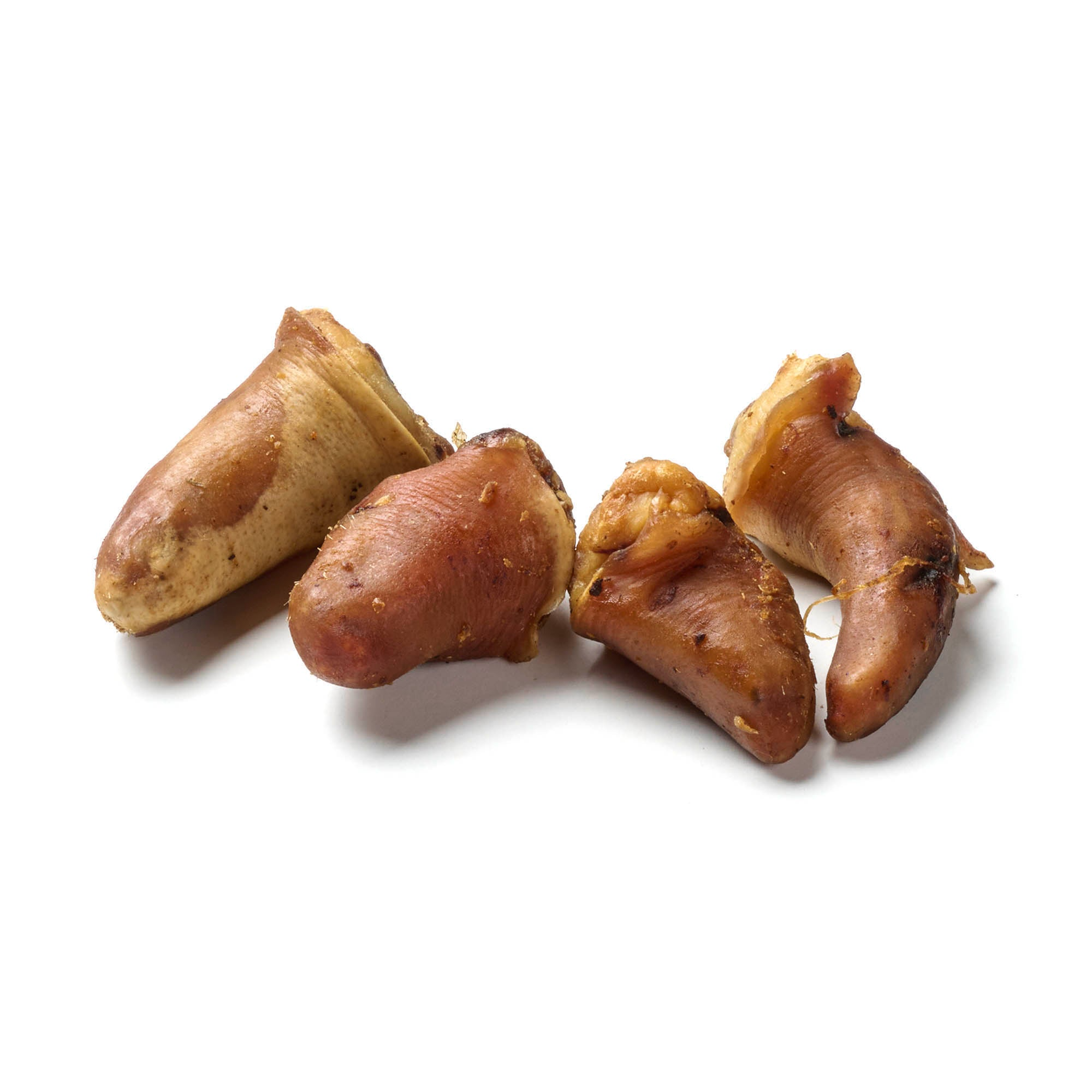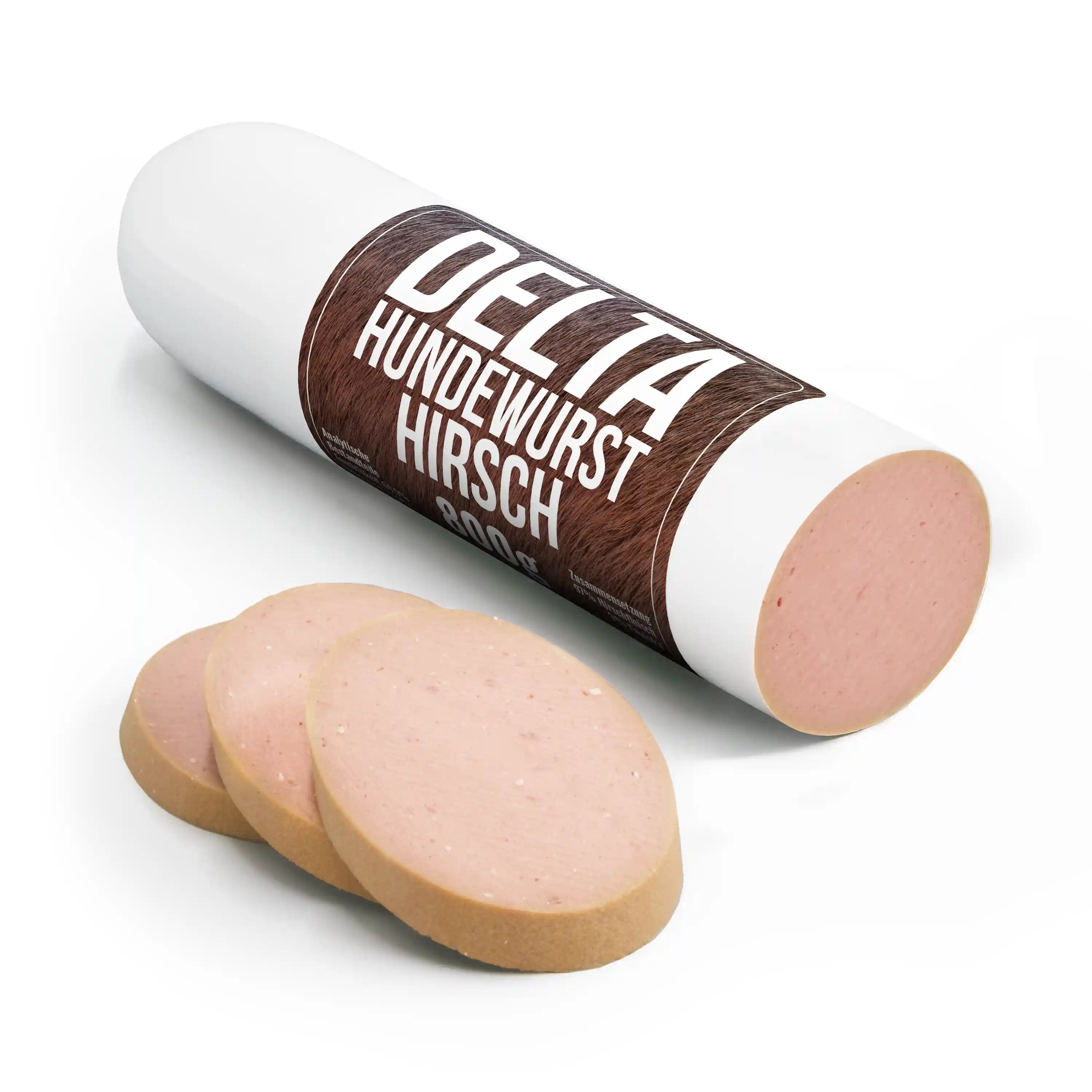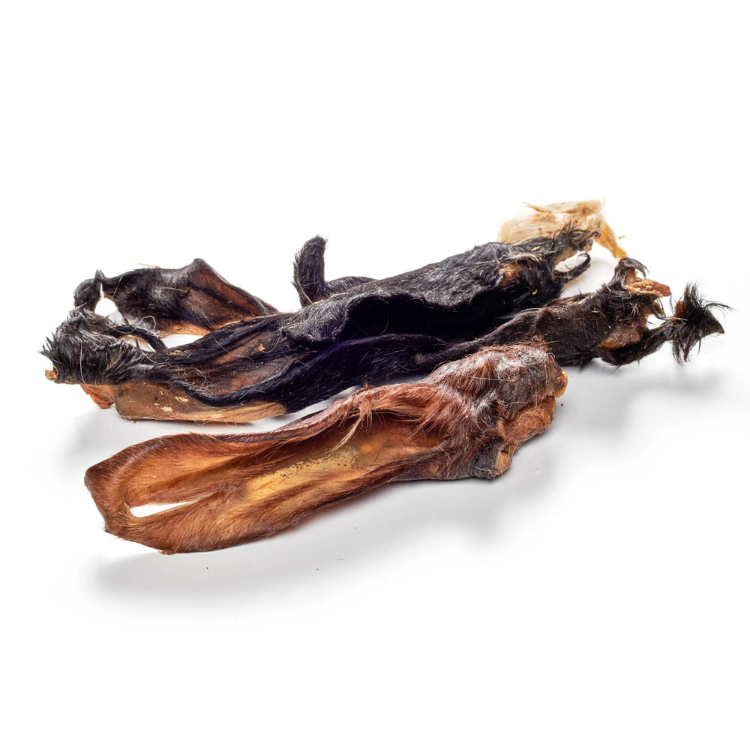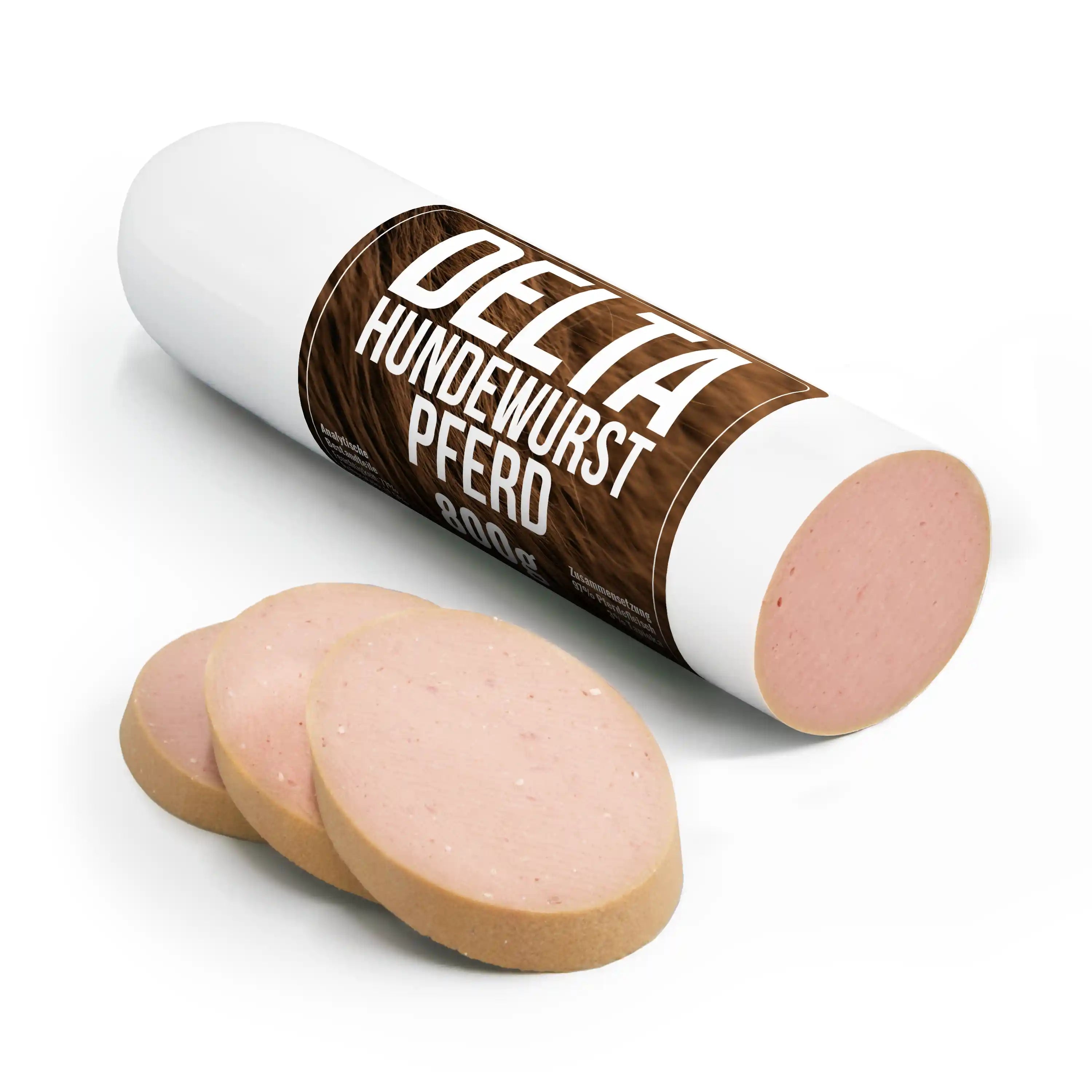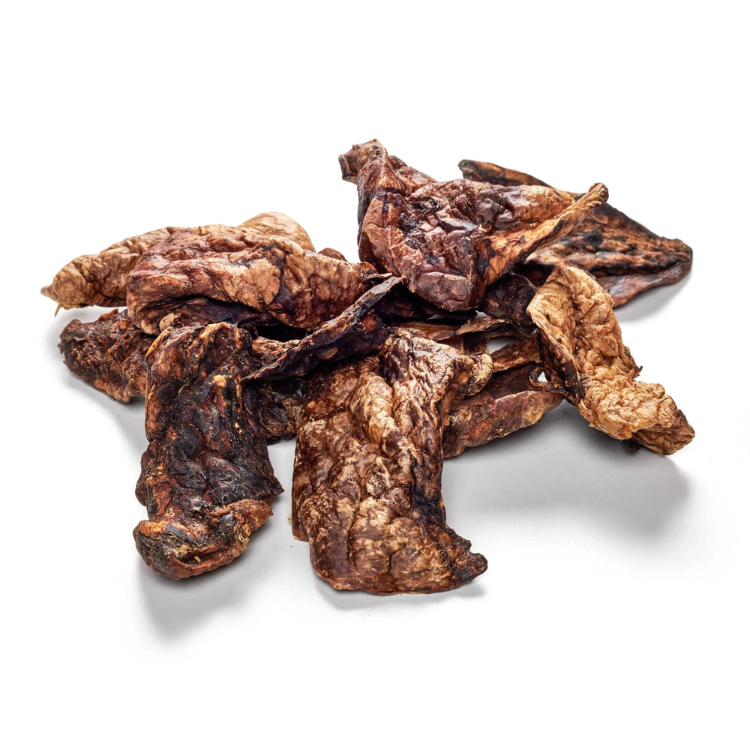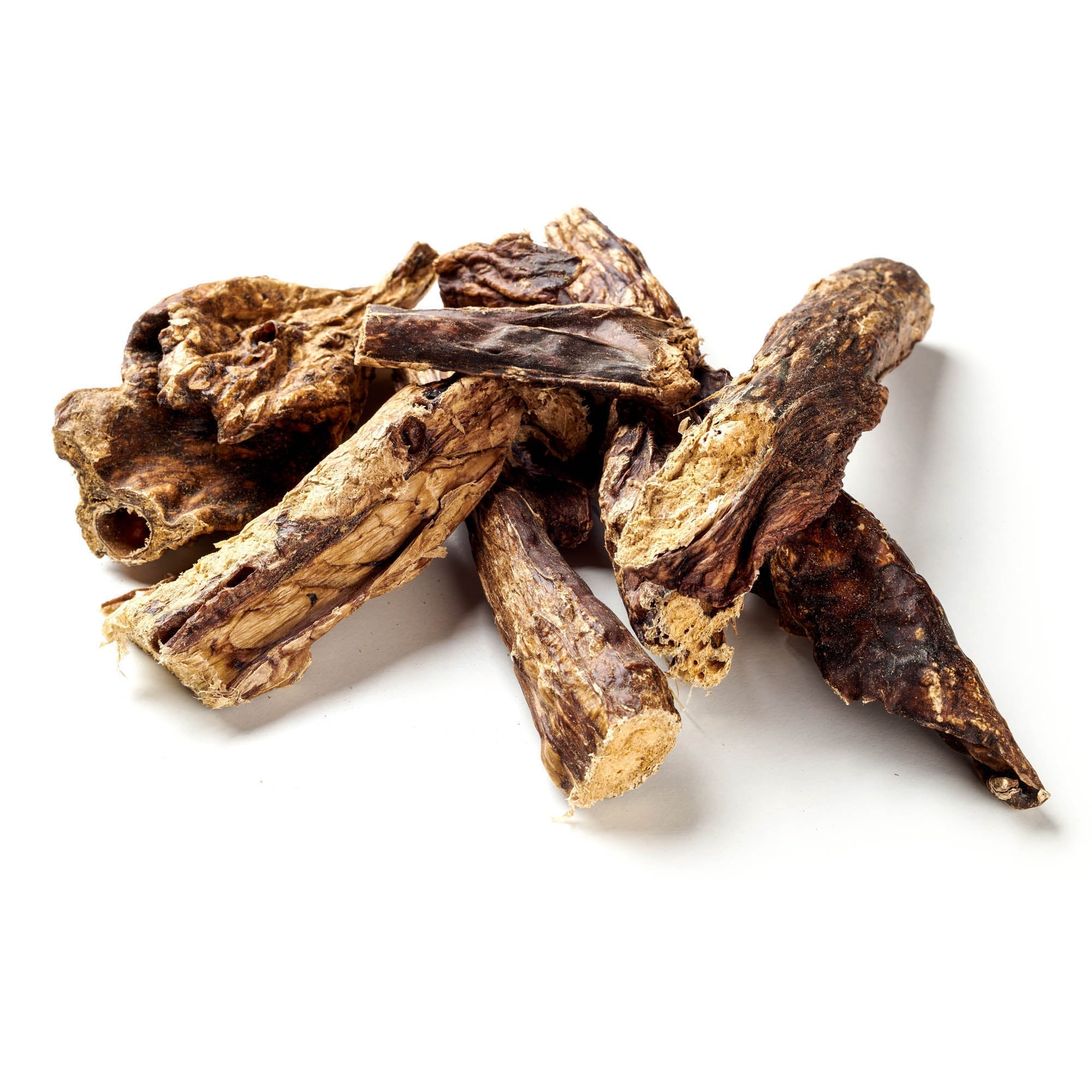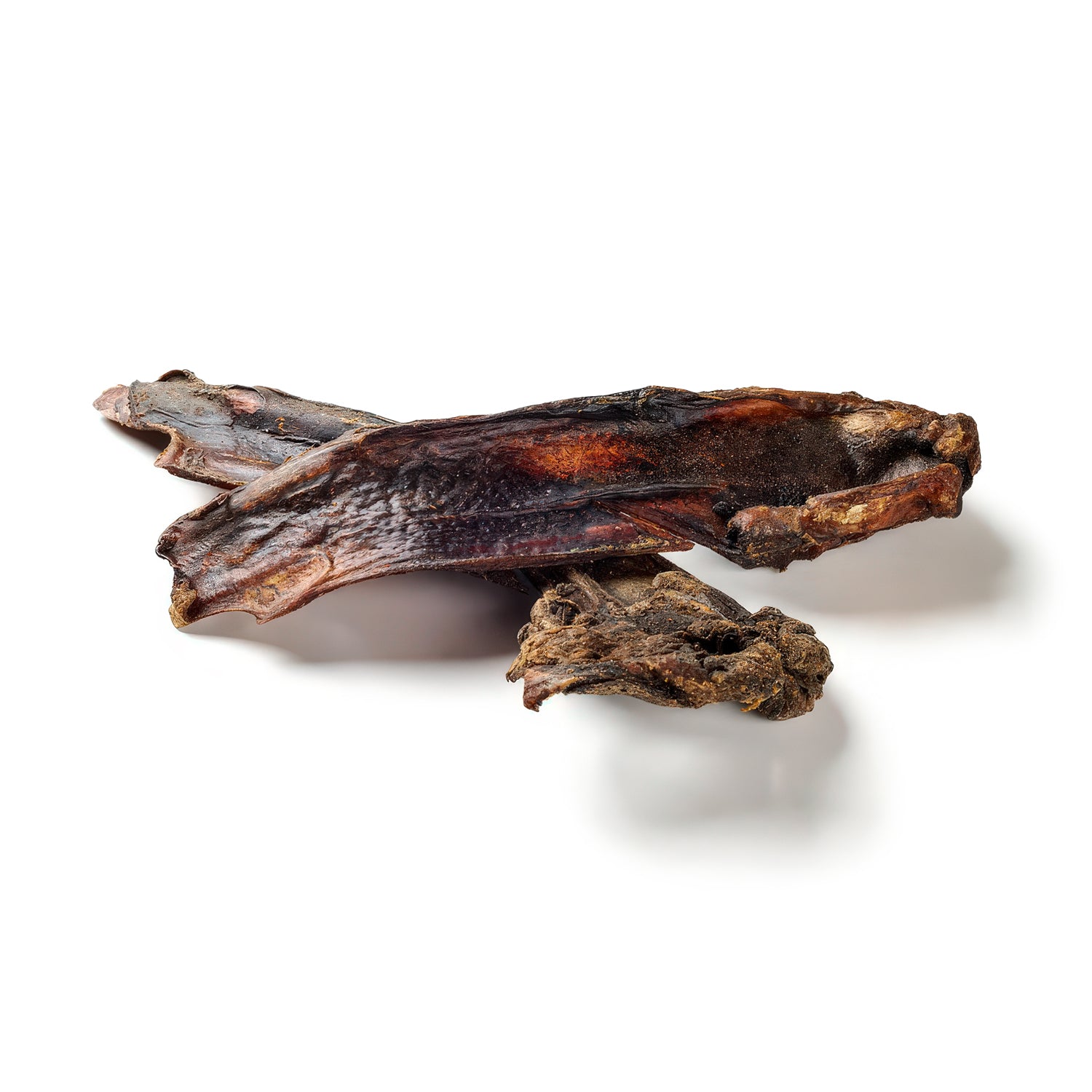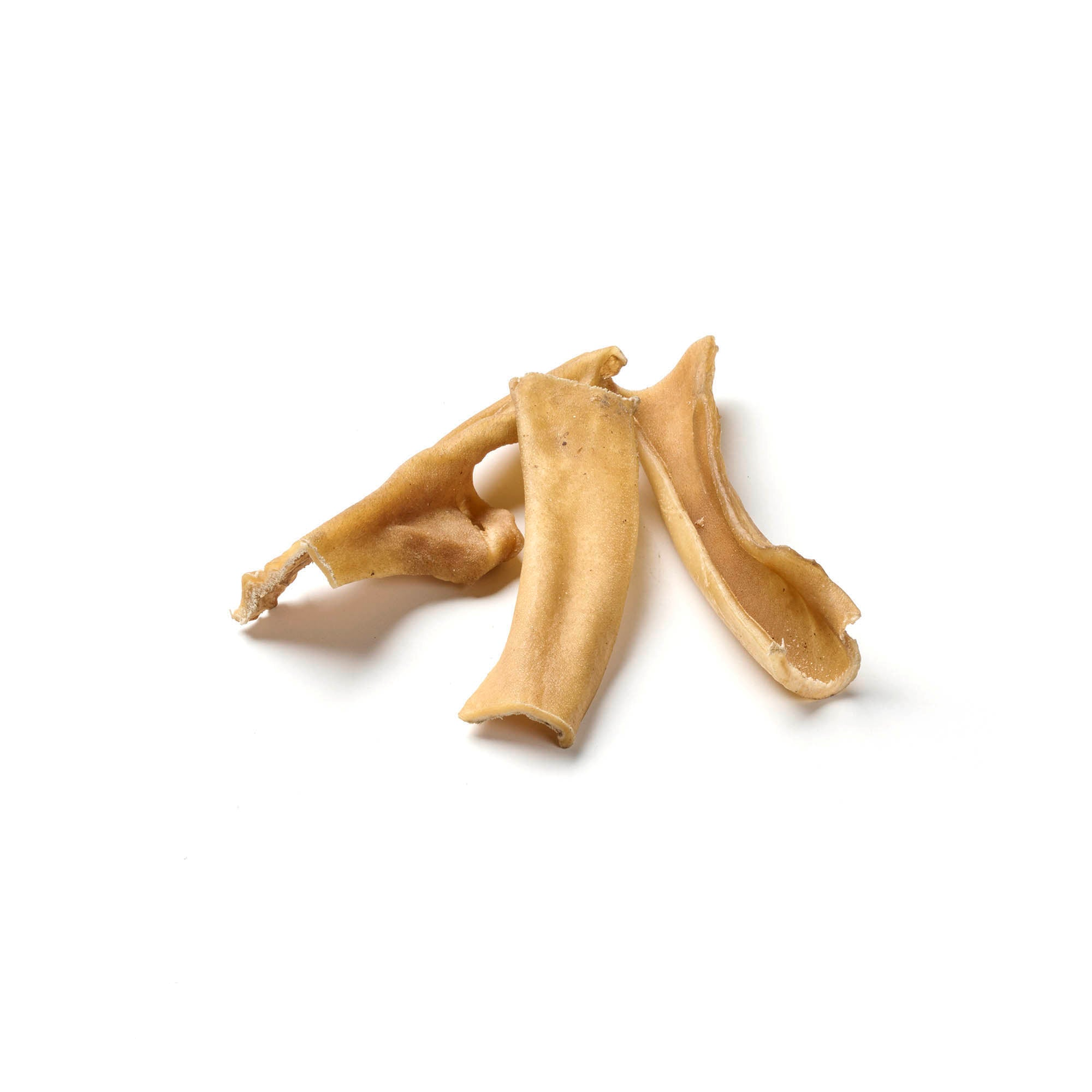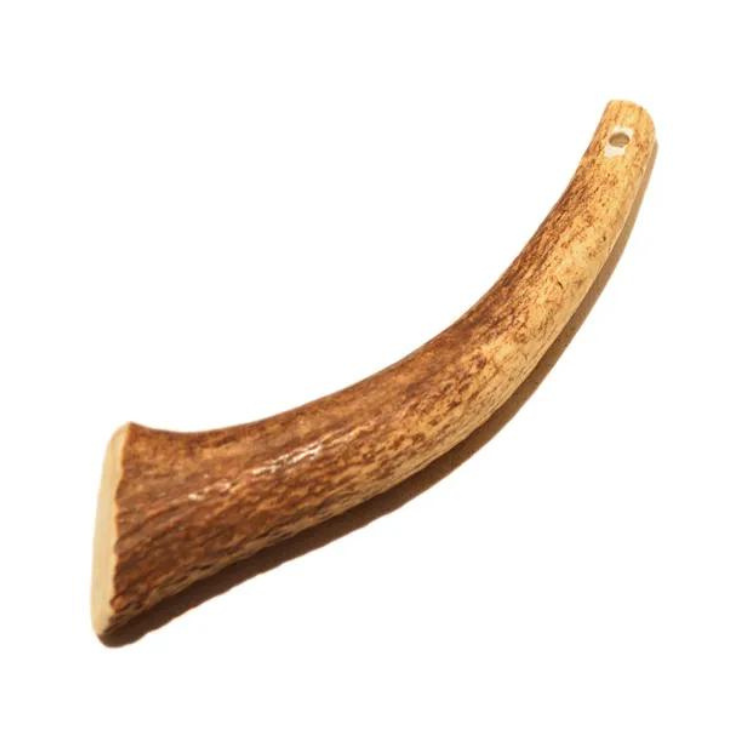
Poisoning in dogs
Share
We know it. Despite months of arduous training, your four-legged friend eats something he shouldn't. Unfortunately, it happens far too often that your dog ingests something poisonous, such as rat poison. But other poisons also lurk in every dog's everyday life. Here you can find out what dangers lurk and how to deal with poisoning in dogs.
Contents: Poisoning in dogs
- Which poisons are dangerous for dogs?
- Toxic household products and foods
- Poisoning in dogs by plants
- Pesticides - Toxic for dogs
- Danger for dogs from fertilizers
- Recognize poisoning in dogs and act correctly
- Prevent poisoning through training
- Conclusion
Discover the range of dog snacks in our store!
Which poisons are dangerous for dogs?
Unfortunately, poisoning is a risk both when walking the dog outside and in your own home. While outside there are poison bait, poisonous plants, fungi and, above all, fertilizers and pesticides, the greater danger is in the home. This is where you can find things like antifreeze, cleaning products, medication, alcohol and nicotine, as well as certain foods and houseplants.
There are some foods and beverages that we would never associate with poisoning. However, some of them are life-threatening for dogs. Chocolate or coffee, for example, can lead to severe poisoning. So if you have a dog, it is important to be aware of the dangers and toxins and to keep them out of reach of your four-legged friends. As with a small child, you should always be vigilant with a dog. See also our article: Allergies in dogs.
Toxic household products and foods
The most common cause of poisoning in dogs occurs in the home. Chocolate, grapes or raisins, medication or cleaning products and antifreeze are easily forgotten and are then very interesting for every dog. Chocolate in particular is often fed to dogs without knowing. However, it contains the methylxanthine theobromine, which can have an effect on various organ systems.
Chocolate poisoning sounds funny and delicious, but it is a serious form of poisoning for dogs. It usually starts with vomiting and diarrhea in dogs , and can also be accompanied by heart palpitations, muscle cramps or seizures and general restlessness. Dark chocolate is much more dangerous because it contains 20 - 25 times more theobromine than milk chocolate. 15 mg of theobromine per kilogram of body weight can be enough to poison your dog. Treatment two to four hours after ingestion usually leads to recovery.
Grapes and raisins are also very dangerous. They can lead to acute kidney failure within just 24 hours. The first symptoms are diarrhea and vomiting. Dogs react very differently to grapes and raisins. Some dogs are poisoned by just one grape, while other dogs do not show any symptoms of poisoning after eating several.
In the case of grape poisoning, it is important that the dog drinks enough fluids. This is best done in a veterinary clinic using an infusion therapy lasting at least 48 hours. This supports kidney function. If you are ever unsure, contact a veterinarian once too often.
Poisoning in dogs by plants
Poisoning from plants in your own garden, houseplants in your own home or from friends is also possible. If your dog has eaten such plants, you should definitely remove all plant remains from its mouth and take it to a vet or animal clinic. Unfortunately, there is a whole list of plants that are not good for your dog.
Toxic plants
| Poisonous garden plants | Poisonous forest plants | Poisonous houseplants |
|---|---|---|
| agave | Arum | agave |
| Cyclamen | Henbane | amaryllis |
| Wisteria | yew | azalea |
| Christ Star | Spotted Hemlock | Clivia |
| chrysanthemum | Hyacinths | Pothos |
| ivy | lily of the valley | Swiss cheese plant (Monstera) |
| geranium | Daffodils | Ficus (all species) |
| Gold Rain | Euonymus | Flamingo flower |
| hydrangea | Tansy | geranium |
| Cherry laurel | Deadly Nightshade | hydrangea |
| Lilies | Cow parsnip | Lilies (all types) |
| lily of the valley | Orchids (all species) | |
| oleander | Christmas star | |
| Daffodils | ||
| Passionflower | ||
| rhododendron |
Discover our selection of premium dog chews!
Pesticides - Toxic for dogs
The use of pesticides has increased significantly in recent decades and has consequences not only for the environment but also for many animal species. This of course also includes our four-legged friends. You can design your own garden accordingly, but even your neighbor's property presents potential dangers. Your dog can ingest toxic substances in a variety of ways, for example by eating a poisoned rat or treated plants.
The use of pesticides or rat poison and snail pellets are used seasonally in spring and autumn. During this time, you should pay particular attention to what your dog eats outside. It is often rat poison, which is one of the so-called rodenticides, that is responsible for the poisoning. Rodenticides, in turn, are based on anticoagulants, which are used to inhibit blood clotting. If a dog eats rat poison, important enzymes are blocked, which in turn are needed for the production of vitamin K. And vitamin K is important for blood clotting. If this is impaired, it can lead to severe bleeding of the internal organs.
To counteract this, vitamin K is administered, among other things, to compensate for the loss caused by the poisoning. The really dangerous thing about poisoning with anticoagulant-based substances, however, is the delay with which the poison takes effect. This can take three to five days and very few people associate the symptoms that then appear with the one moment when the dog innocently ate the poison.
In the case of snail horn, however, it is the substance metaldehyde. Poisoning with snail pellets in dogs takes effect much more quickly. Usually after two to three hours. The metaldehyde passes through the blood-brain barrier and symptoms such as cramps, depression, seizures and hyperthermia can occur. The body temperature rises to 41 degrees Celsius and higher, and multiple organ failure can result. The dog is detoxified for treatment. If it survives the first 24 hours, it has a good chance of survival.
Danger for dogs from fertilizers
Fertilizers can also be dangerous, especially through indirect ingestion. Licking the paws or drinking from puddles on the edge of agricultural land can be enough to trigger symptoms of poisoning in dogs.
The consequences are reduced oxygen transport via the blood and irritation of the mucous membranes of the digestive tract. Here too, the treatment mainly consists of removing the poison from the body and stabilizing the circulation.
Recognize poisoning in dogs and act correctly
There are many different signs of poisoning in dogs. It is important to know which substance was ingested and in what quantity in relation to the dog's body size. However, the same applies to most substances. More poison means more damage and more severe symptoms. You should pay attention if your dog starts to behave apathetically or begins to withdraw.
Of course, these can also be signs of other diseases, but if your dog is also vomiting or has diarrhea, there are many indications that your dog may be poisoned.
The following list gives you an overview of the symptoms of poisoning:
- Unrest
- tumbling
- Excessive salivation
- Increased
- Bleeding from body openings
- Pale, bluish or reddened mucous membranes
- Muscle tremors
- cramps
- Seizures
- Hypothermia/hypothermia
- unconsciousness
- Sudden deaths
Prevent poisoning through training
An effective way to prevent poisoning in dogs is through targeted dog training , which is best done with training snacks . By teaching your dog all the basic commands , you can teach him to avoid forbidden objects.
Use chews and snacks in combination with click training to distract your dog from poisonous or harmful things. Through consistent training, your dog will learn that he will be rewarded for following commands and avoiding prohibited objects. This can be particularly helpful in preventing your dog from eating other animals' feces , for example, which can be particularly dangerous.
Conclusion
If you have seen your dog ingest something poisonous, it is advisable to act immediately. If it has just happened, you may be able to take the remains out of the dog's mouth and induce vomiting to remove the poison from the stomach. The sooner treatment can be carried out, the better the chances. In any case, you should take your dog to a veterinary clinic as soon as possible, where the dog's stomach will often be flushed out under anesthesia. With subsequent inpatient infusion therapy to stabilize the circulation, the dog's health can become quite expensive. High-quality dog chews to pamper your dog, now available!
Pamper your dog with our delicious chews!

